How to Create a Decorating Palette: Your Guide to an Aesthetic Home
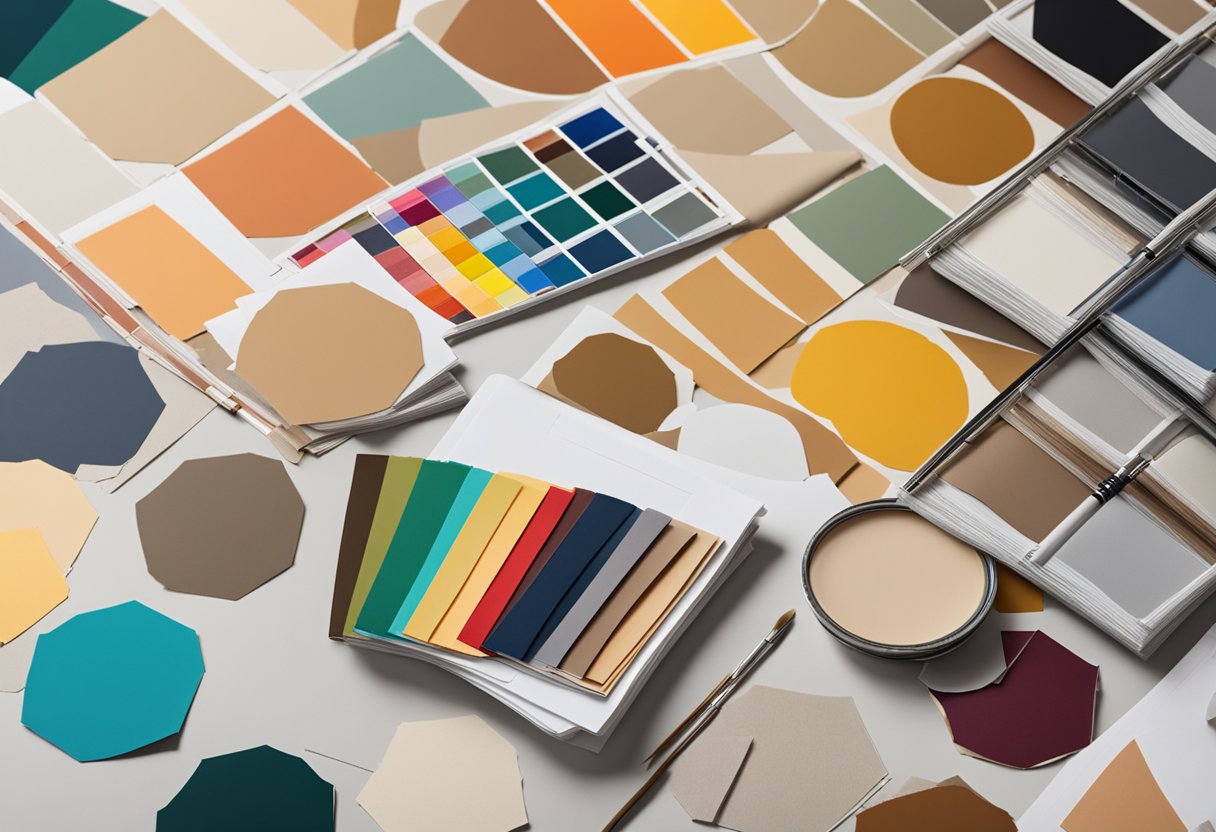
Creating a harmonious decorating palette is a fundamental step in designing an interior that resonates with personal style and aesthetic preferences. It acts as a blueprint from which one can draw inspiration for color choices, textures, and patterns throughout a room or an entire home. The process begins with understanding the principles of color theory and the emotional effects colors have on a space. Consideration of lighting, both natural and artificial, is also crucial as it dramatically influences the perception of color. Selecting a base color is the starting point for any palette, typically a neutral shade that serves as the foundation for the room’s design. From there, one can build a cohesive scheme by adding complementary, analogous, or contrasting colors. These secondary shades will provide depth and interest, layering a space with visual richness. The introduction of textures and patterns can further enhance the complexity and character of the room, ensuring every element within the interior environment works in unison. Understanding personal tastes in conjunction with the function of a space is key to creating a successful decorating palette. Whether one prefers soothing, muted tones for a tranquil bedroom retreat or vibrant, energetic hues for a lively living room, […]
Millennial Interior Design Trends: Embracing Modern Comfort and Style
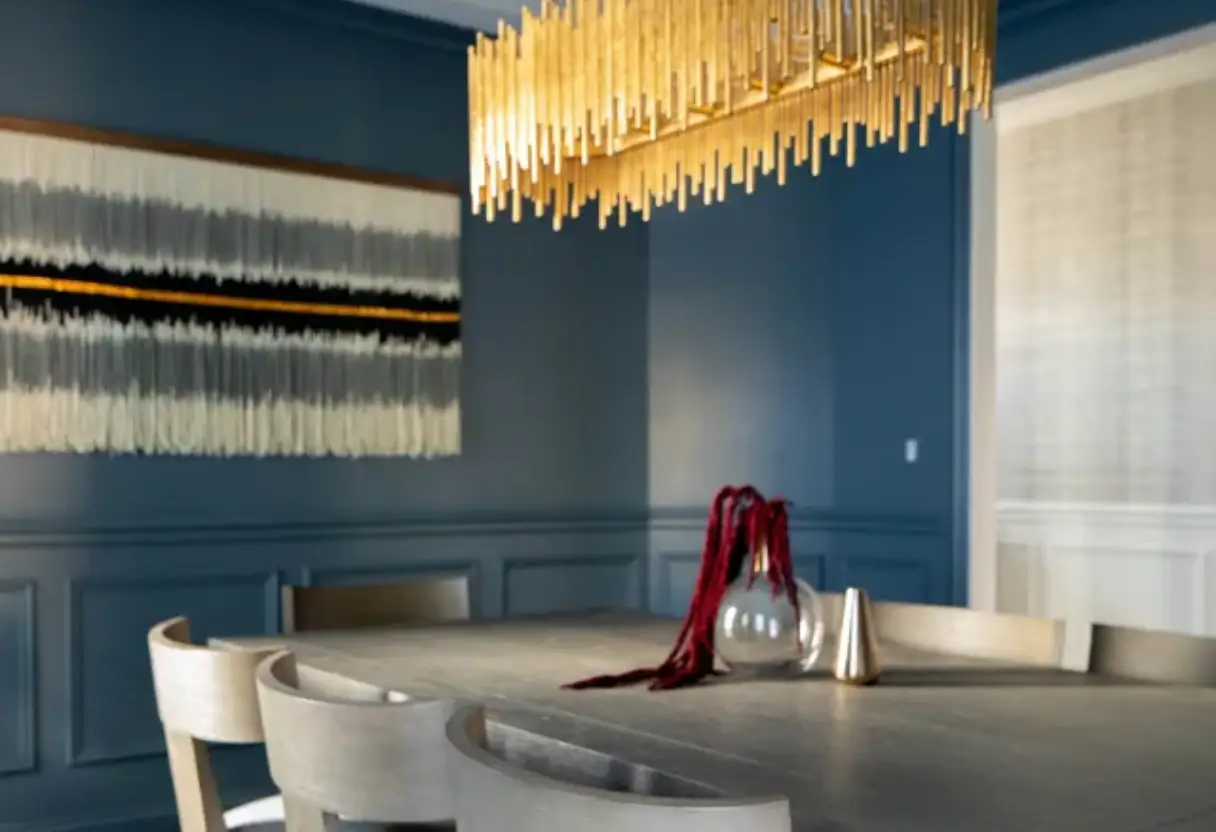
Millennial interior design reflects the generation’s values of practicality, personalization, and sustainability. As a group that came of age during the digital revolution and economic fluctuation, millennials prioritize functionality and cost-effectiveness in their living spaces. They are known for favoring minimalist aesthetics, smart home technology, and versatile furniture that fits their dynamic lifestyles. Their design choices often exhibit a blend of modern, mid-century, and Scandinavian influences, creating environments that are both stylish and comfortable. Sustainability is another cornerstone of millennial design sensibilities. This generation leans towards eco-friendly materials and thrives on upcycling and DIY projects that contribute to a unique and personal space. They express a preference for natural light and indoor plants, which not only enhance the visual appeal of their homes but also promote wellness and a connection to the environment. Personal expression is essential in millennial interior design, with individual choices trumping traditional design rules. The use of bold colors, statement decor pieces, and artwork that has personal significance is typical in millennial homes. These elements help create spaces that are true reflections of individual identities and stories, reinforcing the millennial desire for authenticity in their surroundings. Millennial Design Philosophy Millennials are known for their preference for […]
Interior Design vs. Design Build: Understanding the Differences
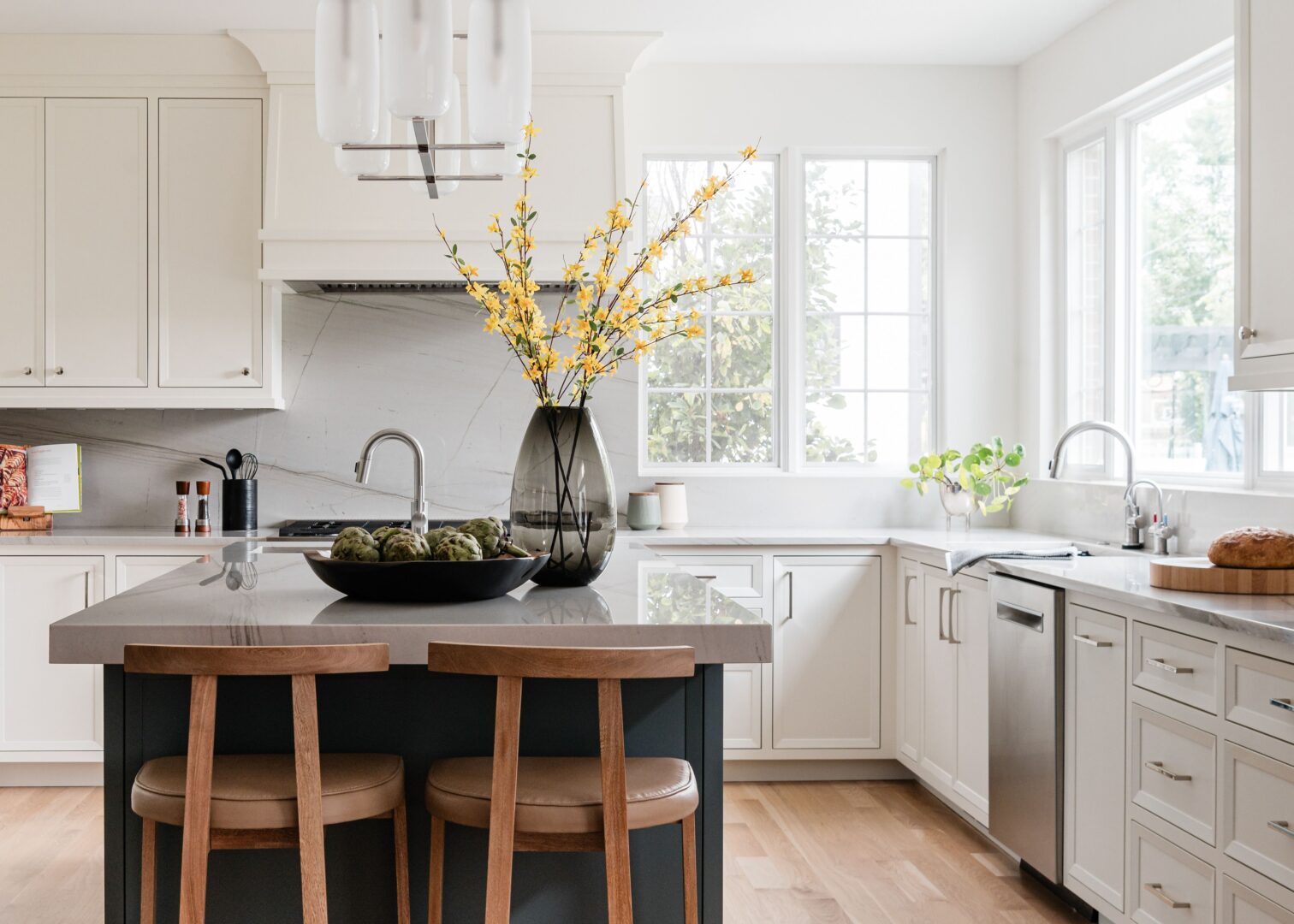
Interior design and design-build are distinct approaches to creating and remodeling spaces. Interior design focuses on the aesthetic and functional aspects of an interior space. It involves selecting color schemes, furniture, decor, and finishes to achieve a desired look and feel within a room or building. Interior designers specialize in crafting visually appealing environments that also serve the practical needs of the occupants. Design-build, on the other hand, is a method that offers a one-stop solution for construction and design services. This approach brings together all necessary disciplines under one roof, which can include interior designers, architects, contractors, and construction workers. The design-build process emphasizes a collaborative approach, allowing for a seamless transition from the initial design concept through to completion of the construction. This method streamlines communication, reduces project timelines, and can lead to cost savings for the client. Defining Interior Design Interior design is the art and science of enhancing the interior of a space to achieve a more aesthetically pleasing and functional environment for its occupants. Principles of Interior Design Elements of Interior Design Defining Design Build Design Build is a project delivery system wherein one entity works under a single contract with the project owner to […]
Mixing Traditional and Modern Decor: Furniture Blending Guide
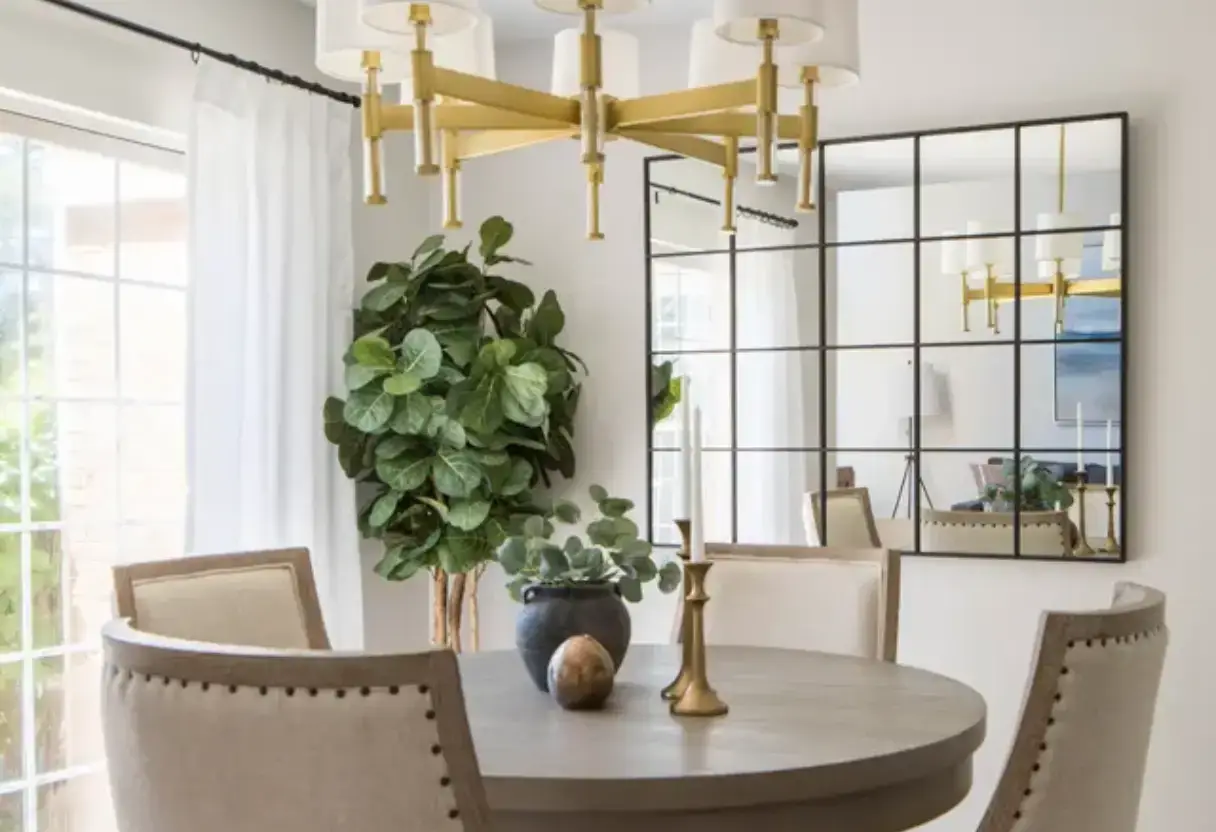
Mixing traditional and modern decor invites an eclectic fusion of styles that can breathe unique life into a living space. This approach to interior design harmonizes the warm, classic feel of traditional furniture with the sleek, minimalist appeal of modern pieces. The blend creates an environment that is both timeless and contemporary, offering a versatile aesthetic that appeals to diverse tastes. Key to successfully merging these two styles is finding a balance where each piece, whether antique or cutting-edge, complements the other to craft a cohesive look. To achieve this synergy, one must carefully consider elements such as color, texture, scale, and proportion. Traditional furniture often features ornate detailing and rich fabrics, while modern designs tend toward the simple and use of materials like metal and glass. By selecting pieces that share a common element, such as a color scheme or material, they can seamlessly integrate with one another. For instance, a sleek modern sofa can be paired with a classic wooden coffee table, while traditional lamps can illuminate a clean-lined modern desk. The contrast of lines and forms can make each piece stand out while still contributing to a harmonious interior. Incorporating both design philosophies into a space also […]
How to Choose an Interior Designer: Key Factors for the Perfect Match
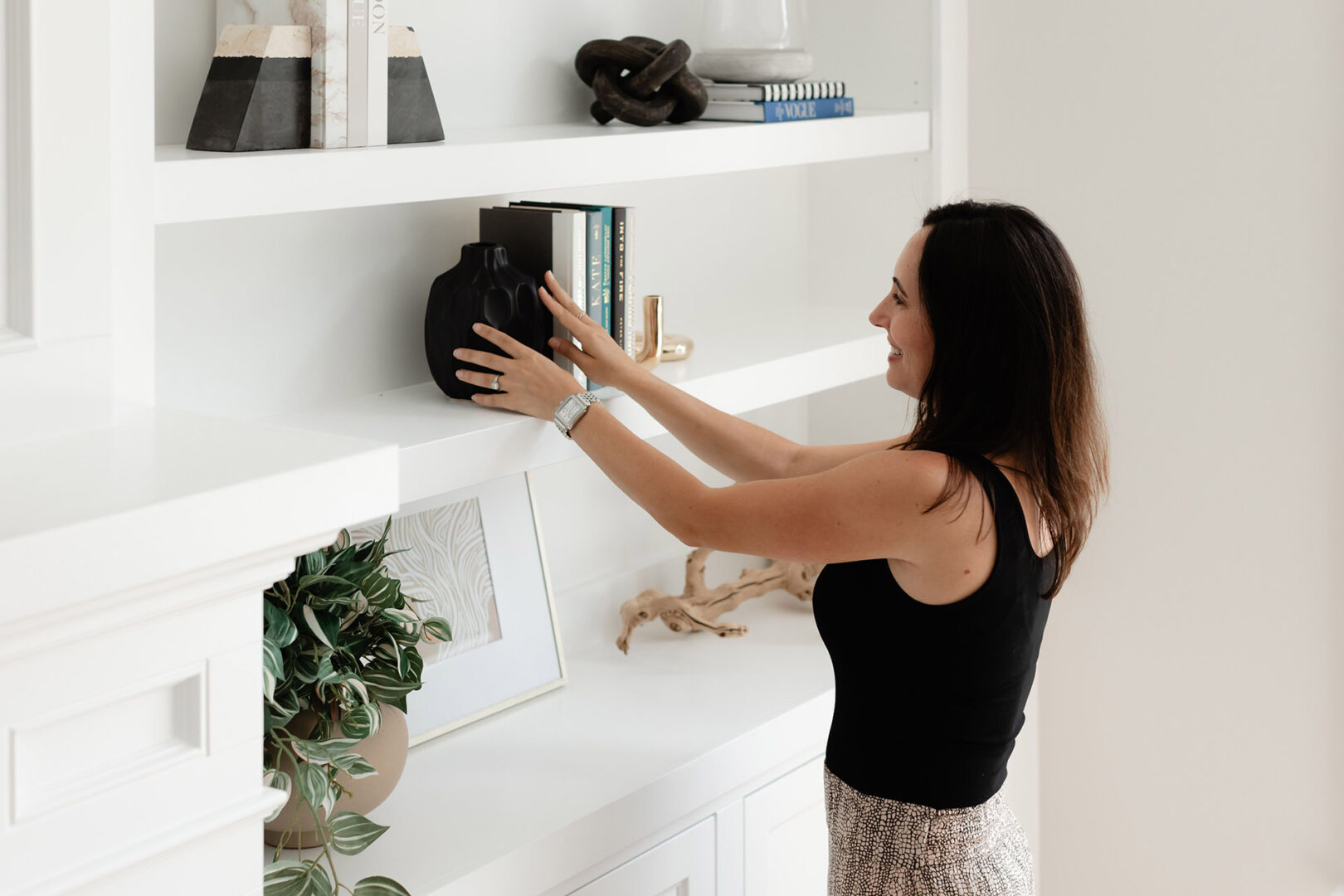
Selecting an interior designer is a pivotal decision that can transform a space into one’s ideal living or working environment. The choice involves considering not only aesthetics but also functionality, budget, and the working relationship between the designer and client. A well-chosen interior designer listens to their client’s desires and brings expertise in color, texture, and space planning to create a cohesive and inviting atmosphere. Knowing what to look for and which questions to ask potential designers is essential in making an informed decision. The prospective client should assess the designer’s portfolio, seeking evidence of their ability to tailor designs to a variety of styles and needs. It is equally important to understand the designer’s process, from initial consultation to project completion, ensuring their approach aligns with the client’s expectations and timeline. Credentials and experience play a critical role in selecting an interior designer. Clients benefit from working with professionals who hold relevant qualifications and a robust track record of successful projects. Verifying credentials and asking for client references provide insights into a designer’s reliability and the quality of their work. Transparent communication about costs and services helps establish trust and sets the stage for a successful partnership. Understanding Your […]
What is My Interior Design Style? Identifying Your Aesthetic Preferences
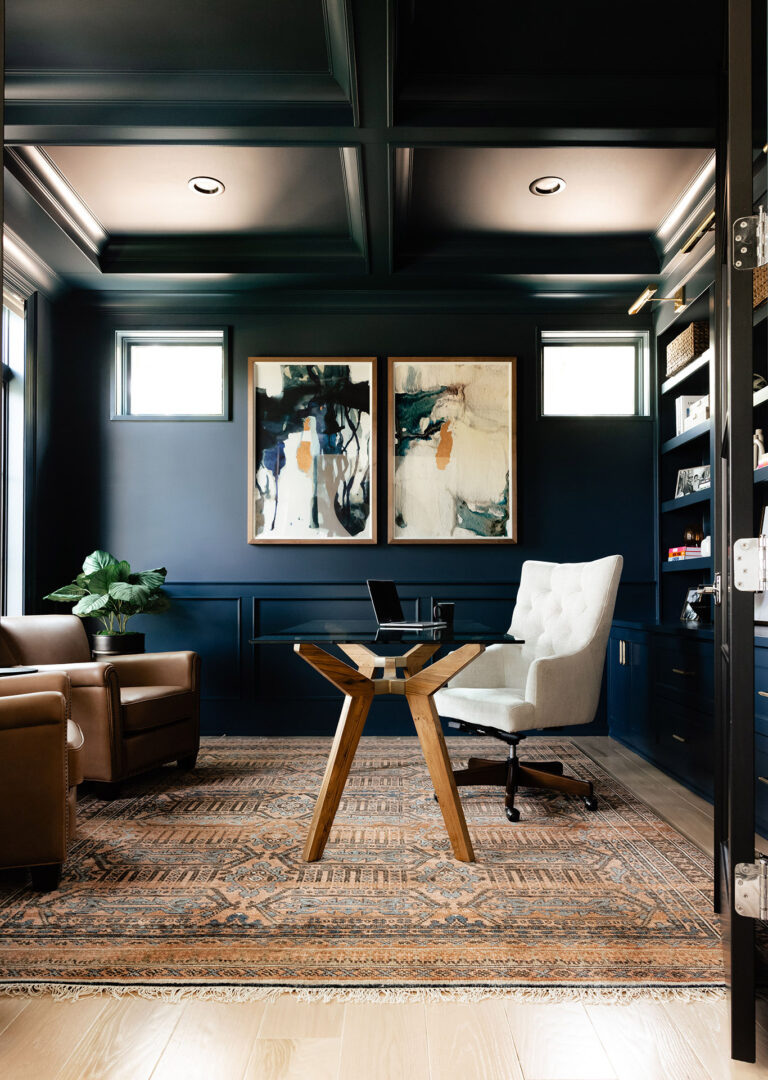
Determining one’s interior design style is a fundamental step in creating a personal and cohesive home environment. A well-defined aesthetic can serve as a roadmap for selecting furniture, color schemes, and decor, ensuring that individual pieces work together to form a harmonious whole. Identifying this style is not always straightforward, as it requires reflection on preferences, lifestyle needs, and inspirations. As tastes and design movements evolve, various styles emerge, each with their own characteristics and historical backgrounds. Popular styles include minimalist, industrial, mid-century modern, and bohemian, among others. Each style presents a distinct set of principles and visual cues that resonate differently with individuals. Through an understanding of these various design languages, one can pinpoint which resonates the most with their unique sense of aesthetics and comfort. People often blend elements from multiple interior design styles to create spaces that are as unique as their personalities. While this approach allows for flexibility and creativity, it also benefits from a foundational knowledge of design principles. By exploring the key features and philosophies of established design styles, individuals can curate spaces that not only reflect their identity but are also functional and harmoniously designed. Understanding Interior Design Styles Interior design styles encompass […]
How to Fill a Blank Wall: Creative Ideas and Simple Solutions

Filling a blank wall can transform a drab space into a canvas that reflects personal style and adds vibrancy to a room. Homeowners and decorators face the challenge of choosing the right elements that both express their tastes and complement the room’s existing decor. With a plethora of options ranging from art pieces and shelving to fabric and lighting, selecting the right combination can seem daunting. However, with a strategic approach, they can turn an empty wall into a focal point that enhances the overall aesthetic appeal of a space. Understanding the scale of the wall and the visual effect one wants to achieve is essential. A large, expansive wall may call for a single oversized piece or a collection of smaller items arranged with intention. Conversely, a smaller space might benefit from simple, yet bold items that command attention without overwhelming the area. It is important to consider the interplay of colors, textures, and patterns, ensuring they contribute to the desired ambiance of the room. Selecting the right pieces for a blank wall also involves considering the room’s functionality. In a living room or hallway, a gallery wall featuring a variety of art styles can stimulate conversation and interest. […]
Curtain Lengths Guide: Mastering the Right Fit for Your Windows
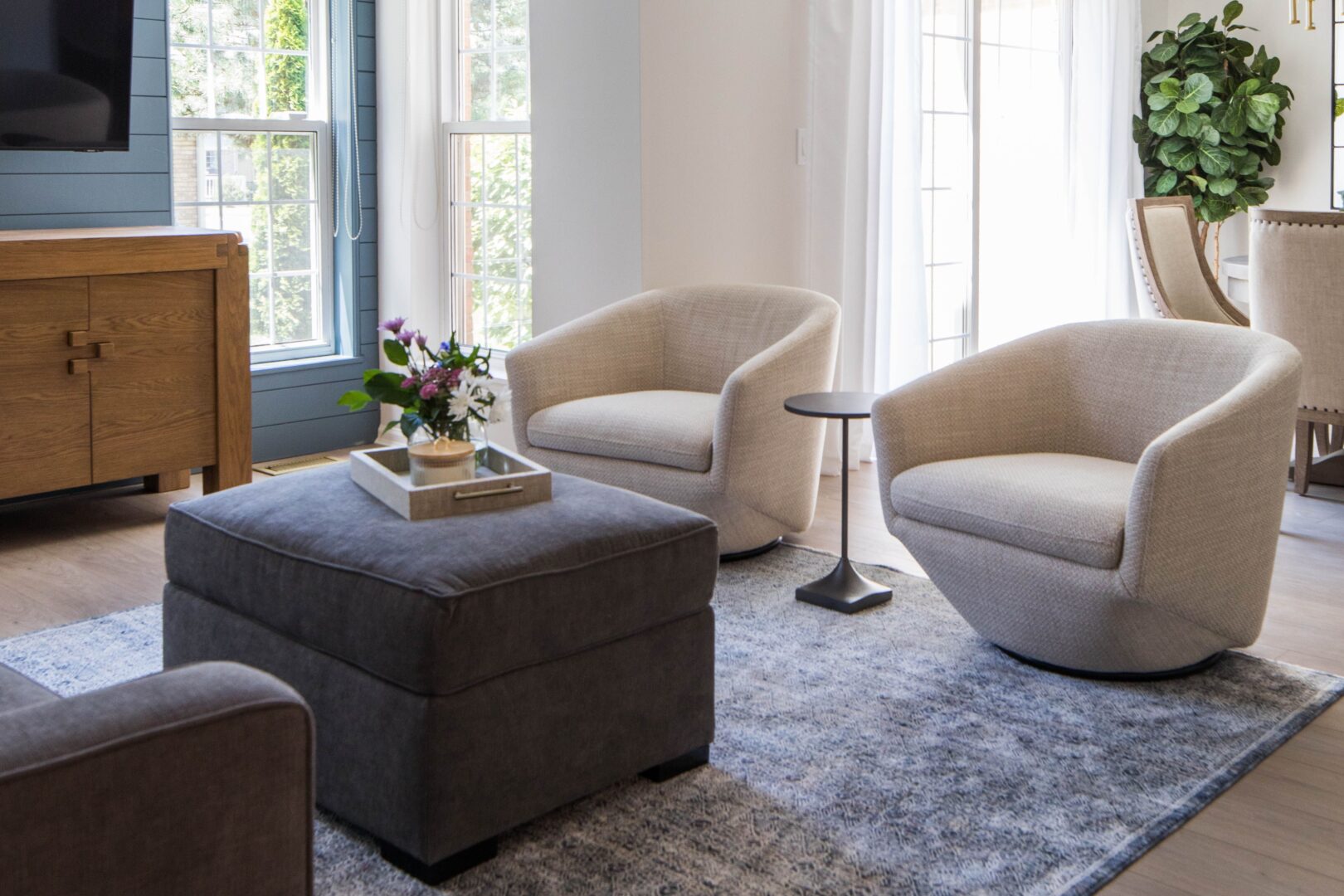
Choosing the right curtain lengths is a detail that can have a significant impact on the aesthetics and functionality of a room. It can transform an ordinary space into an elegant setting while providing the desired amount of privacy and light control. Curtains that are too long or too short can disrupt the harmony of the interior design, so understanding the standard lengths and how they relate to your windows is crucial. When selecting curtains, it is important to consider the look one is trying to achieve. For a traditional appearance, curtains that touch the floor are a classic choice, while more modern styles may call for curtains that just skim the floor or even float an inch above. The function of the room also plays a role in determining the appropriate length; for example, shorter curtains are often preferable in kitchens or bathrooms for practical reasons. In addition to style and function, the method of hanging curtains affects the length needed. Whether they are hung from rods or tracks, close to the ceiling or just above the window frame, each approach requires different measurements. Factoring in the hanging hardware and the height of the curtain headers is essential to […]
Types of Pleats for Curtains: A Guide to Elegant Window Dressings

Curtains add elegance and personality to a room, playing a crucial role in both its function and aesthetic. The type and style of pleats in curtains dramatically affect their length, drape, fullness, and overall appearance. Understanding the various pleat options is essential for selecting the right look for any window treatment. Pleats can vary from classic to modern, with each type offering a different vibe and utility. Pinch pleats, known for their tailored look, involve gathering the fabric at the top in groups, creating a series of equally spaced single, double, or triple pleats. On the other hand, box pleats are marked by their deep folds, which create a structured and formal appearance. Goblet pleats offer a similar structure but with an added touch of sophistication; they are pinched at the bottom, allowing the top to open up like a goblet. For those who prefer a more casual look, tab top and rod pocket curtains provide a simpler and more understated approach. The fabric is either looped over the rod or encased to create a non-pleated, flowing effect. Each pleat type not only dictates the visual aspect of the curtain but also impacts functionality, affecting factors like ease of movement […]
High Contrast Decor: Embracing Bold Visuals with Confidence
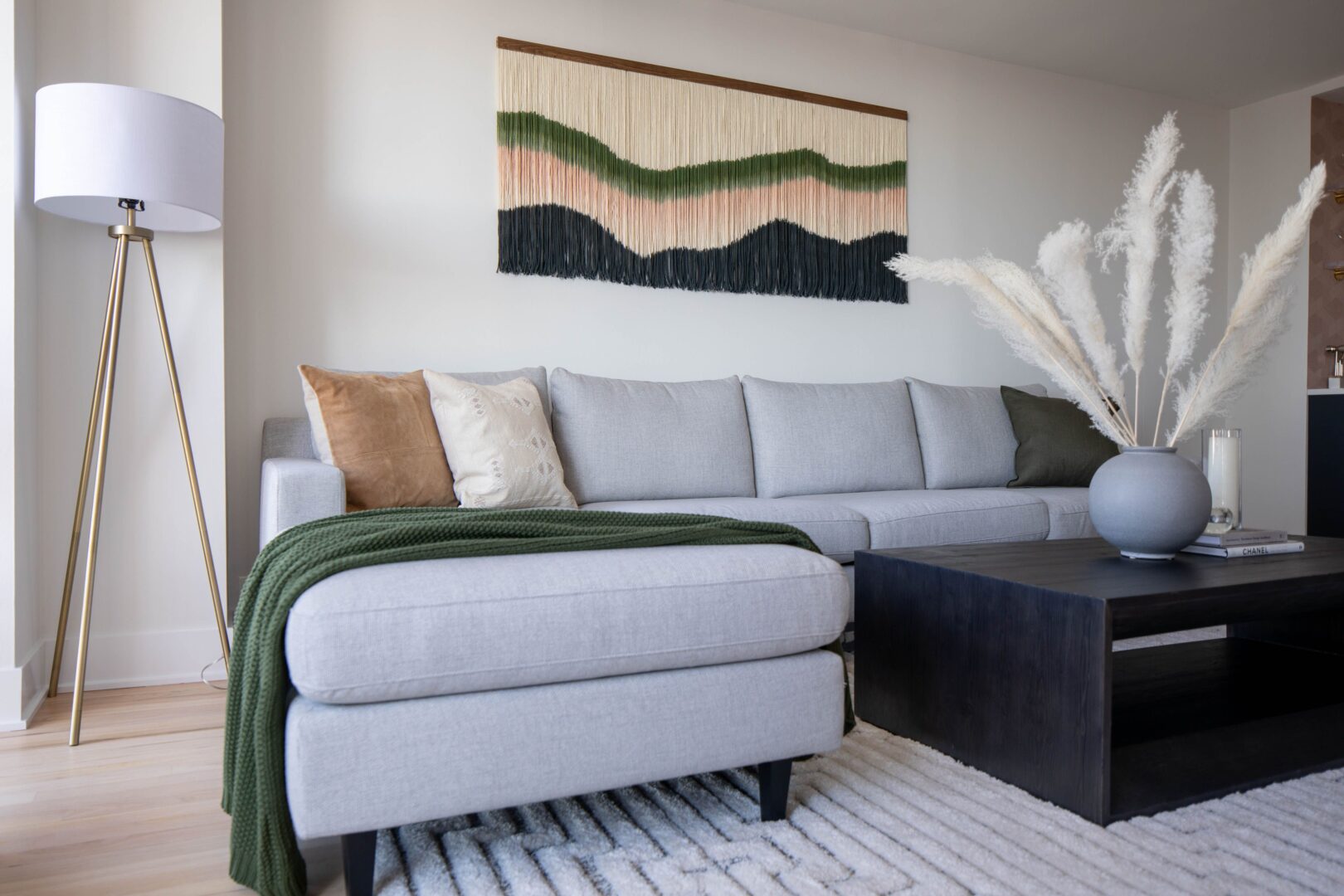
High contrast decor utilizes opposing shades to create a visual experience that is both bold and striking. This design approach plays with the juxtaposition of light and dark elements to define spaces and highlight architectural features. It’s not just about black and white; high contrast can include the full spectrum of color, using saturation and brightness to draw the eye and create focal points. This style commands attention and conveys a sense of drama within a space, making it a favored technique among designers looking to make a pronounced statement in interiors. In the realm of interior design, high contrast decor is particularly effective for those desiring to inject modernity and sophistication into their living spaces. By balancing intense colors against neutral backdrops or pairing rich textures with smooth surfaces, this decorative style emphasizes dynamism and depth. The use of high contrast is not limited to walls and furniture alone; it extends to art, accessories, and textiles, allowing for a comprehensive design strategy that can transform a room from mundane to extraordinary. Design Principles In high contrast decor, understanding the fundamentals of design principles is crucial. These include the interplay of colors, the strategic use of contrast, and the achievement […]
